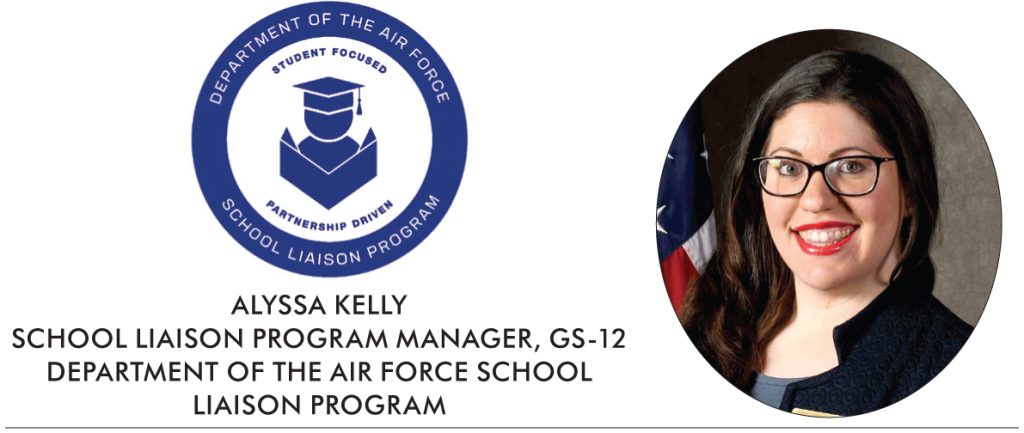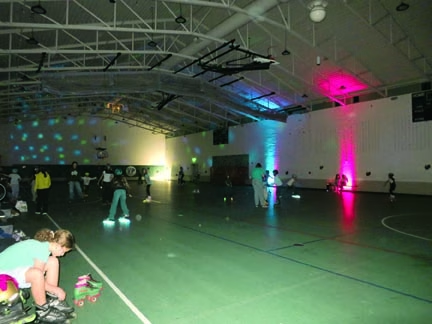As a certified Early Childhood Playground Inspector since October 2020, I have inspected seven playgrounds on Minot AFB. The first one was the Lewis and Clark Park, which satisfied my final project requirement for certification. Next, the Bud Ebert Park, which consists of ten play structures and is located at the far end of the base. Then, three playgrounds at the Child Development Center (pre-toddler, toddler, and preschool) and two playgrounds at the Youth Center. In fact, it is a Department of the Air Force requirement to inspect the CDC and YC playgrounds annually; therefore, I’ve revisited and re-inspected these sites multiple times, just completing and submitting my 2025 reports to leadership last week. Why am I telling you this? To provide you with the knowledge that the Air Force is committed to child safety, and to educate you on playground hazards so that you may know how to keep your children safe.
Students will soon be out of school for summer break. The weather is warmer and as opportunities for learning continue as children grow and develop, so learning environments extend from indoor class to outdoor grass! Unfortunately, we often make the mistake of assuming community playgrounds are safe. Instead of maintaining this naivety, here are three—of many—potential playground hazards to look for and rectify before play:
- Head Entrapment. This is a 3.5 inch to 9-inch space between two play panels or two solid structures that could cause strangulation in a child when he/she is able to get their body through the area, but not their head. The child gets stuck, not realizing that if they turn their head, they could be free of the entrapment. If you see this, do not permit your child to play here and notify Balfour Beatty or your local community park who can then locate the manufacturer for correction.
- Inadequate Fall Surfacing. Playgrounds typically have loose-fill fall surfacing, such as mulch, wood chips, or pea gravel. This prevents serious injury or death by cushioning falls. However, what most people don’t realize is that the efficacy of this safety measure is determined by the depth of the material. According to Thompson, Hudson, and Olsen in my S.A.F.E. Play Areas: Creation, Maintenance, and Renovation book, “Pea gravel must be 9 inches deep for heights of 5 feet and 12 inches deep for heights of 6 feet. After 6 feet of height, pea gravel will no longer absorb the impact of a fall regardless of the depth. Wood chips will pass the critical height test at 7 and 8 feet if it is 9 inches deep. However, both the NPPS and CPSC recommend that 12 inches of loose fill material be used. Because wood products will decompose, the extra 3 inches provide a cushion of safety” (2018/2007, 122). How often do you see a foot of wood chips under a play structure?
- Equipment Degradation. We have extreme temperatures, wind, hail, and sometimes flooding in North Dakota. The play structures do not put on protective gear during these months. What I’ve noticed from routine inspections of the same playgrounds is that the equipment degrades quickly here. Before you place your baby in the bucket swing, turn it over and check for cracks. Prior to your school-age child using the monkey bars, examine for handlebar integrity. Check all equipment by testing it with your own body weight and then once you’re confident that the structure is sound, permit your precious youth to play on it.
We all want our children to have fun outside. They learn and grow through play and hands-on experiences that test their agility and imagination. And on that note, it’s no surprise that I’m a huge fan of outdoor curricula! Meeting Ms. Angela Hanscom—Pediatric Occupational Therapist and founder of Timbernook (award-winning nature-based program)—was a wonderful experience that I’ll share with anyone interested, but she and her program are just one of many outdoor curricula available to you. However, before anyone can learn, safety must prevail. That starts with you. Please be aware of the not-so-guaranteed-safe-play spaces you visit this summer.
Thompson, D., Hudson, S., & Olsen, H, (2018/2007). SA.F.E. Play Areas: Creation,
Maintenance, and Renovation. Champaign, IL: Human Kinetics.
The information in this article is provided as a resource and does not constitute endorsement by Minot AFB, the United States Air Force, or the Department of Defense of the external website, or the information, products, or services contained therein.













